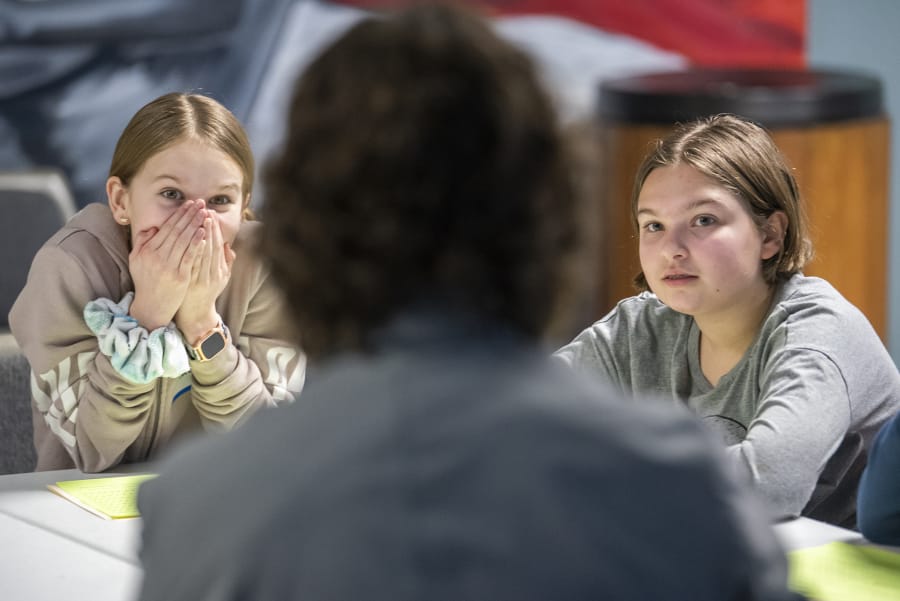Clark County voters in three school districts will cast ballots in levies that would raise tens of millions of dollars in the coming years in their respective communities.
The Vancouver, Washougal and Woodland school districts are all running operation levies, and Washougal is also asking for a technology levy to pay for student devices and other computers. And while district officials, particularly in Vancouver, acknowledge the taxation whiplash voters have experienced in recent years, they say the revenue is needed to backfill programs underfunded by the state.
The following are details of the proposed levies by district.
Vancouver Public Schools
How much would the levy cost? The three-year supplemental levy would collect about $10 million in 2021, $10.4 million in 2022 and $10.9 million in 2023.
What does that mean for my taxes? This is a new levy. In year one, rates are expected to be 43 cents per $1,000 in assessed value, then 41 and 40 cents in years two and three, respectively. That means a homeowner whose property is valued at $300,000 would pay $129 in the first year of the levy.




